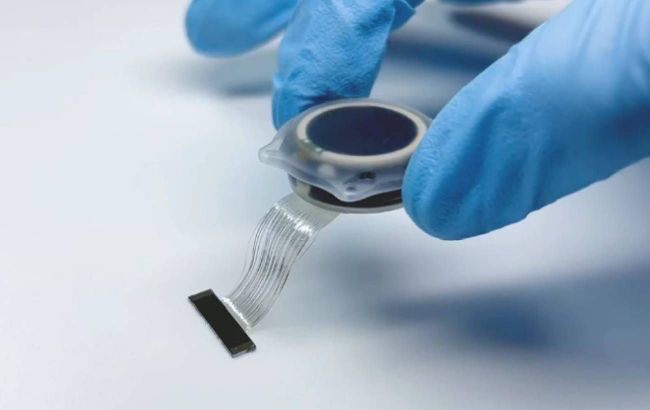Elon Musk's company to implant chip in another person's brain
 This is how the chip that will be implanted in the brain looks like (photo: Neuralink)
This is how the chip that will be implanted in the brain looks like (photo: Neuralink)
The US Food and Drug Administration has green-lighted Elon Musk's Neuralink company to implant a brain chip in a second person, according to The Wall Street Journal.
What is known about brain chip implantation
Neuralink has found a way to address the issue that caused the first patient's implant to fail after implantation. It was discovered that this occurred because some of the threads holding the implant became detached. For the second patient's implantation, the chip's threads will be placed deeper in the brain.
The second brain chip implantation procedure is scheduled for June. The identity of the patient is not yet known. However, over 1,000 paralyzed individuals have registered for the project, though fewer than 100 meet the criteria for the study.
The first brain chip was implanted in a human in January this year. At that time, the company selected a patient from among those with amyotrophic lateral sclerosis (ALS), spinal cord injury, or other conditions causing paralysis of all four limbs.
How the chip works
The first patient to receive a brain chip implant was Noland Arbaugh. Before the procedure, he had been unable to move below the shoulders for the past eight years. A few days after the operation, he was able to move the cursor on his computer, and later play games and interact with the world.
However, a month after the operation, he noticed that the device no longer worked. Most of the threads implanted in his brain "came loose" and didn't read the electrical signals necessary to convert thoughts into cursor movements.

Noland Arbaugh (photo: Neuralink)
The N1 Implant from Neuralink
The N1 implant from Neuralink is a container housing electronics and a battery. Its 64 external threads are inserted into the motor cortex of the brain to transmit neural signals.
After the problems with the Arbaugh's chip, the company made changes to the software and many of the device's capabilities were restored.
It is also noted that the chip's threads were implanted at a depth of 3-5 mm in the brain cortex for the first patient, while for subsequent patients, they will be implanted at a depth of 8 mm.
This year, Neuralink aims to implant its device in 10 people with different pathologies to study different behaviors.
Read also about what Elon Musk's friend said about space technology that can help Ukraine defeat Russia.

